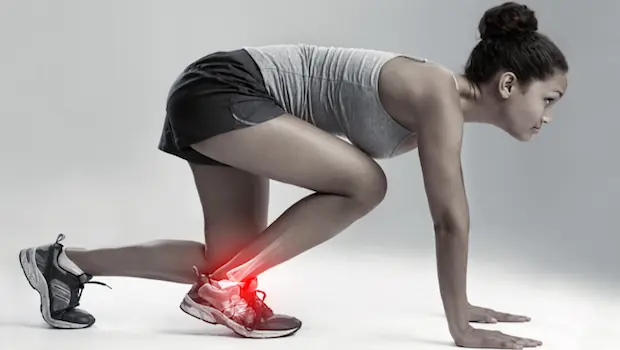
A physically active body must achieve a stable balance around each active joint for top performance. Ligaments connect the bones to each other, and provide much of the joint's stability. Muscles are connected to bone by tendons, allowing for movement at the joints.
Although the ligaments connecting the bones in the ankle are necessary for proper function, there are several muscles that also help support the ankle during any type of activity. Building strength and proprioception, or special awareness, in these muscles helps to prevent injury and improve performance.
Play Video
Play
Loaded: 0%
Progress: 0%
Remaining Time -0:00
This is a modal window.
Foreground --- White Black Red Green Blue Yellow Magenta Cyan --- Opaque Semi-Opaque
Background --- White Black Red Green Blue Yellow Magenta Cyan --- Opaque Semi-Transparent Transparent
Window --- White Black Red Green Blue Yellow Magenta Cyan --- Opaque Semi-Transparent Transparent
Font Size 50% 75% 100% 125% 150% 175% 200% 300% 400%
Text Edge Style None Raised Depressed Uniform Dropshadow
Font Family Default Monospace Serif Proportional Serif Monospace Sans-Serif Proportional Sans-Serif Casual Script Small Caps
Defaults Done
Why is it important to keep the ankle strong?
When an athlete performs any movement—whether running or jumping—the ankle and surrounding muscles are put under a great deal of stress. If the ankle musculature is strong, the athlete can withstand greater force before an injury is sustained. In addition to decreasing ankle injuries, strengthening lower leg muscles will help prevent chronic conditions such as shin splints and Achilles tendonitis.
Proprioception
Proprioception is the body's ability to realize its place in space. If an athlete is moving into a position that could sprain his or her ankle, increased proprioception can decrease the risk by alerting the athlete to the danger. Proprioception can also increase an athlete's performance.
An athlete with superior balance and awareness will be able to control his or her body more effectively. This is especially true in sports like basketball and soccer, but valuable in all sports or training. Proprioceptive training is done with balance exercises.
Balance Training
- Standing on one leg: Hold for 30 seconds, working up to one minute per leg.
- Balance and catch: Standing on one leg, catch and throw a ball with a partner. Make certain to throw the ball right, left, high, low. Perform three sets of 30.
- One leg mini squats: On one leg do a half squat with the opposite leg out front for 10 reps, out to the side for 10 reps and behind for 10 reps. Repeat three times.
Strengthening
The ankle can be strengthened in several ways. The first exercise uses thera-band for resisted range of motion. Thera-band can be purchased at a medical supply store. When performing the following exercises, place the band around the top of the foot and curl the toes at the end of the movement to work the internal muscles of the foot. Perform three sets of 20 in each direction.
Inversion
Play Video
Play
Loaded: 0%
Progress: 0%
Remaining Time -0:00
This is a modal window.
Foreground --- White Black Red Green Blue Yellow Magenta Cyan --- Opaque Semi-Opaque
Background --- White Black Red Green Blue Yellow Magenta Cyan --- Opaque Semi-Transparent Transparent
Window --- White Black Red Green Blue Yellow Magenta Cyan --- Opaque Semi-Transparent Transparent
Font Size 50% 75% 100% 125% 150% 175% 200% 300% 400%
Text Edge Style None Raised Depressed Uniform Dropshadow
Font Family Default Monospace Serif Proportional Serif Monospace Sans-Serif Proportional Sans-Serif Casual Script Small Caps
Defaults Done
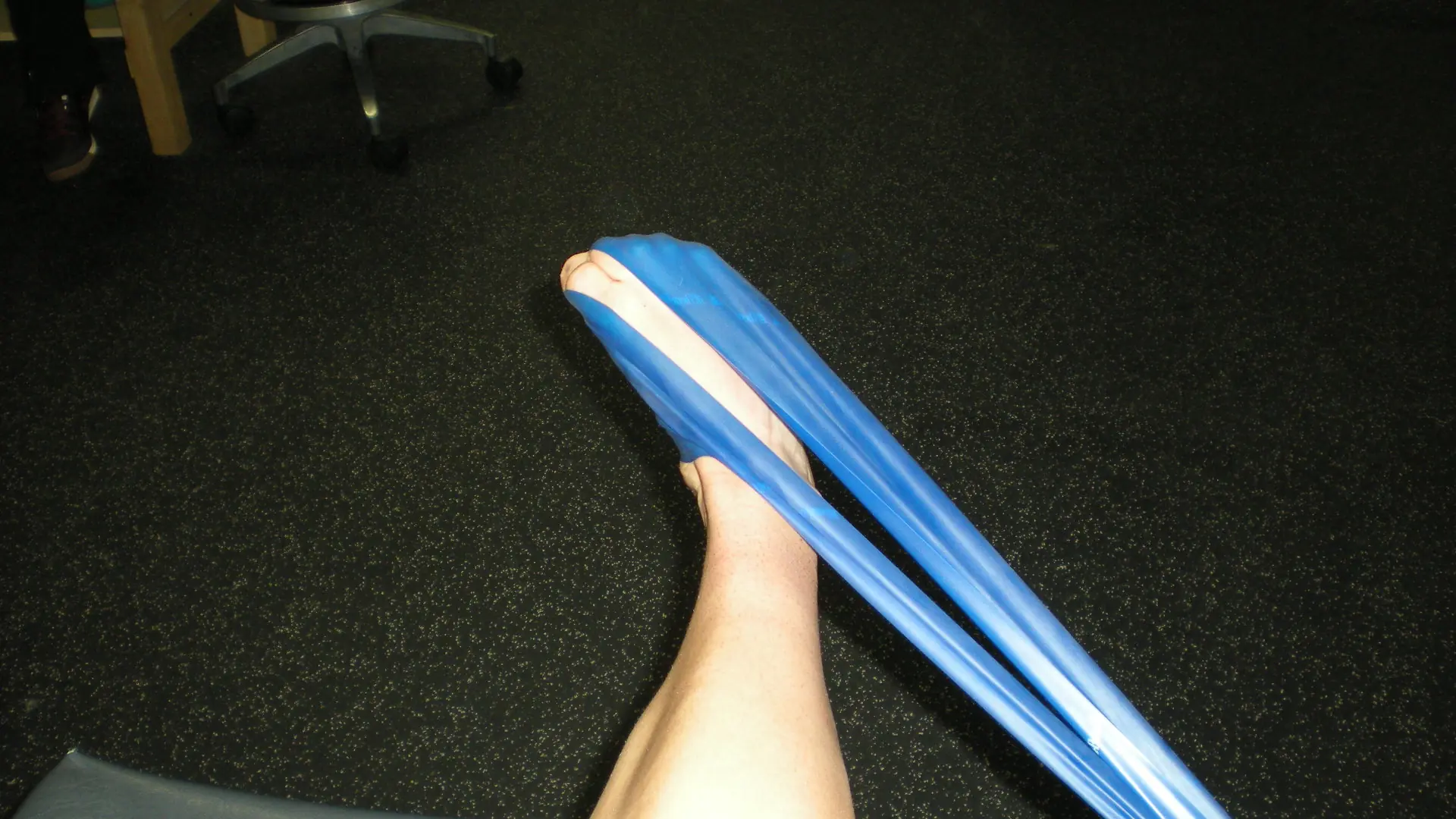
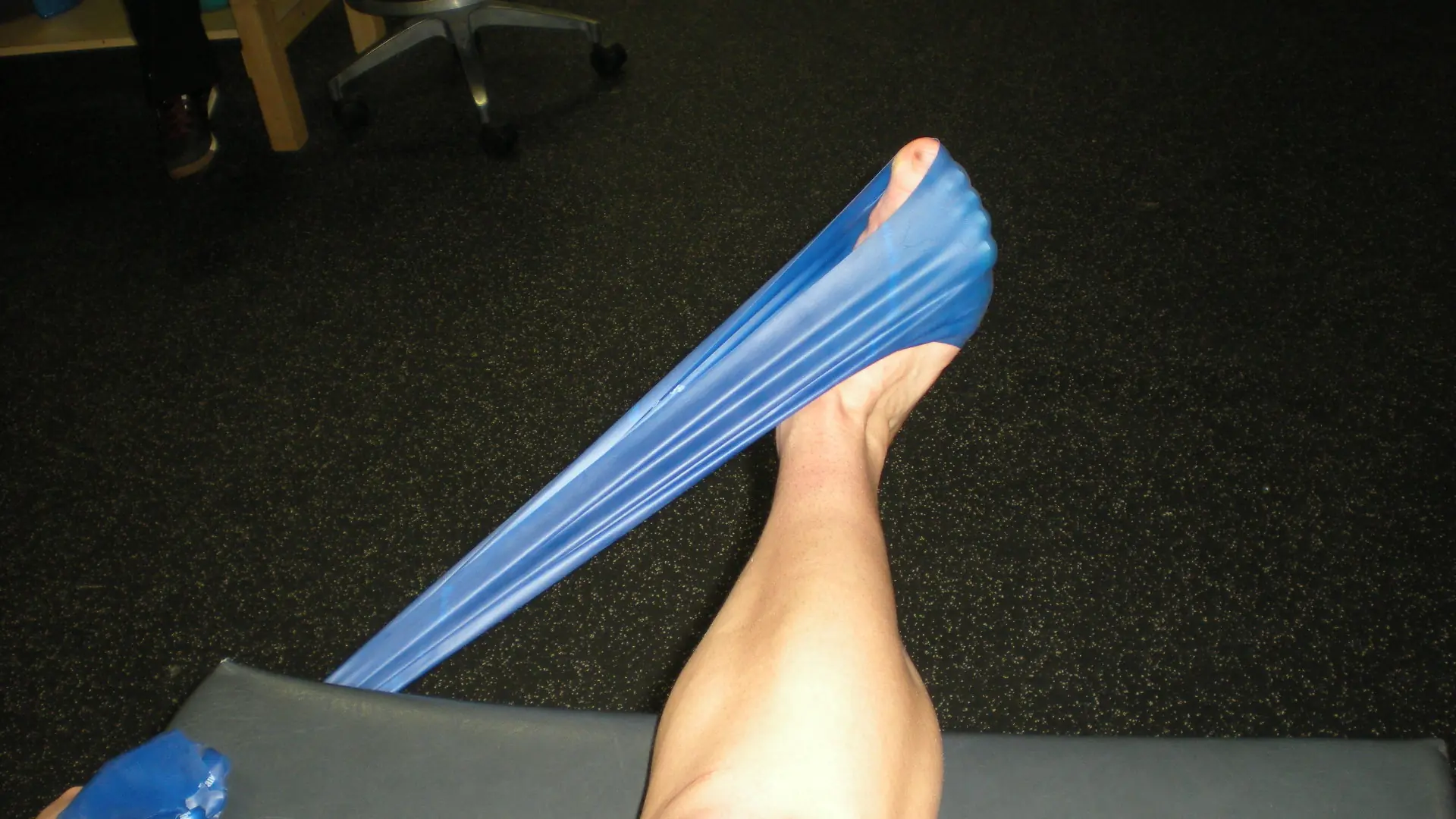
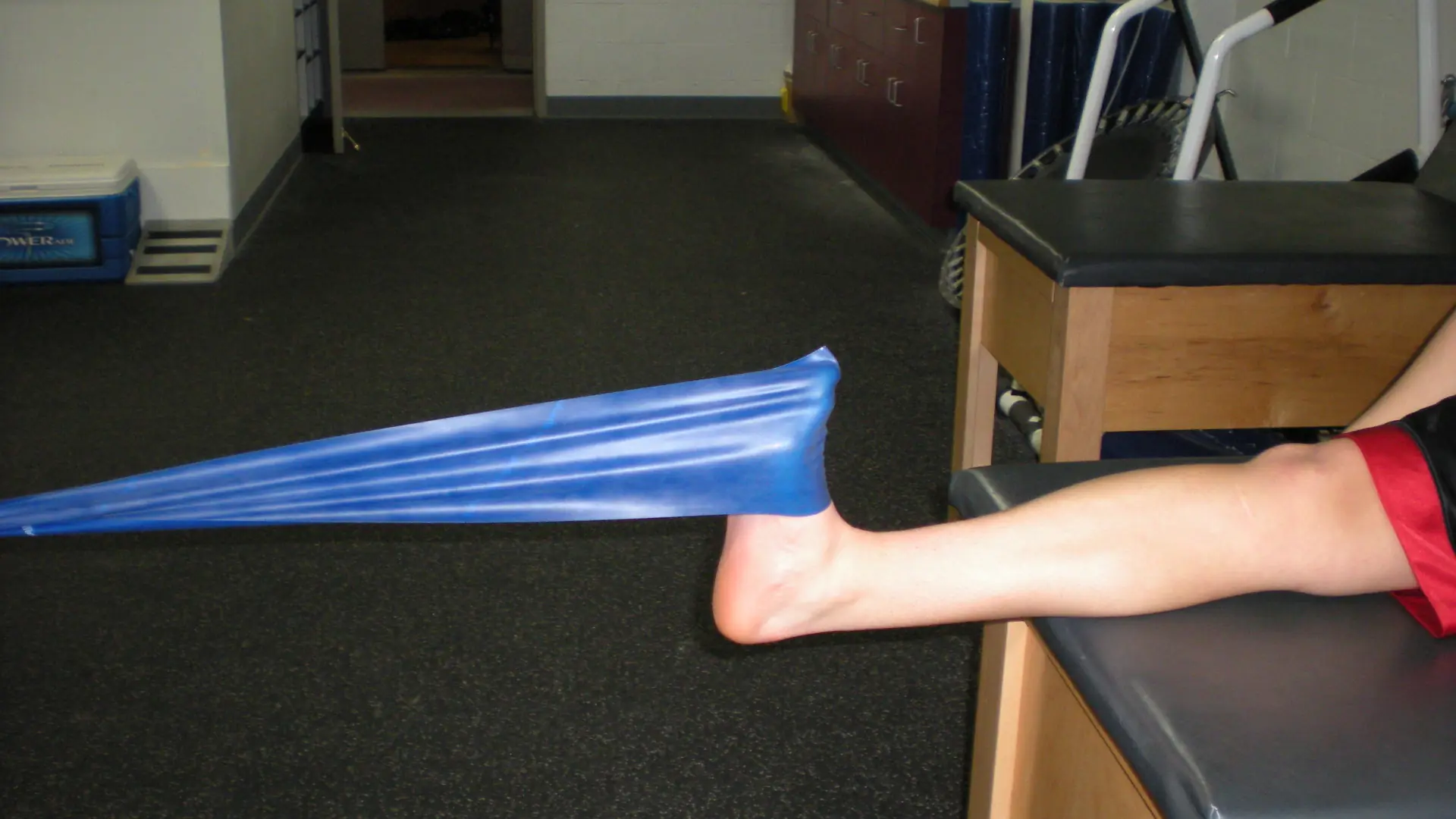
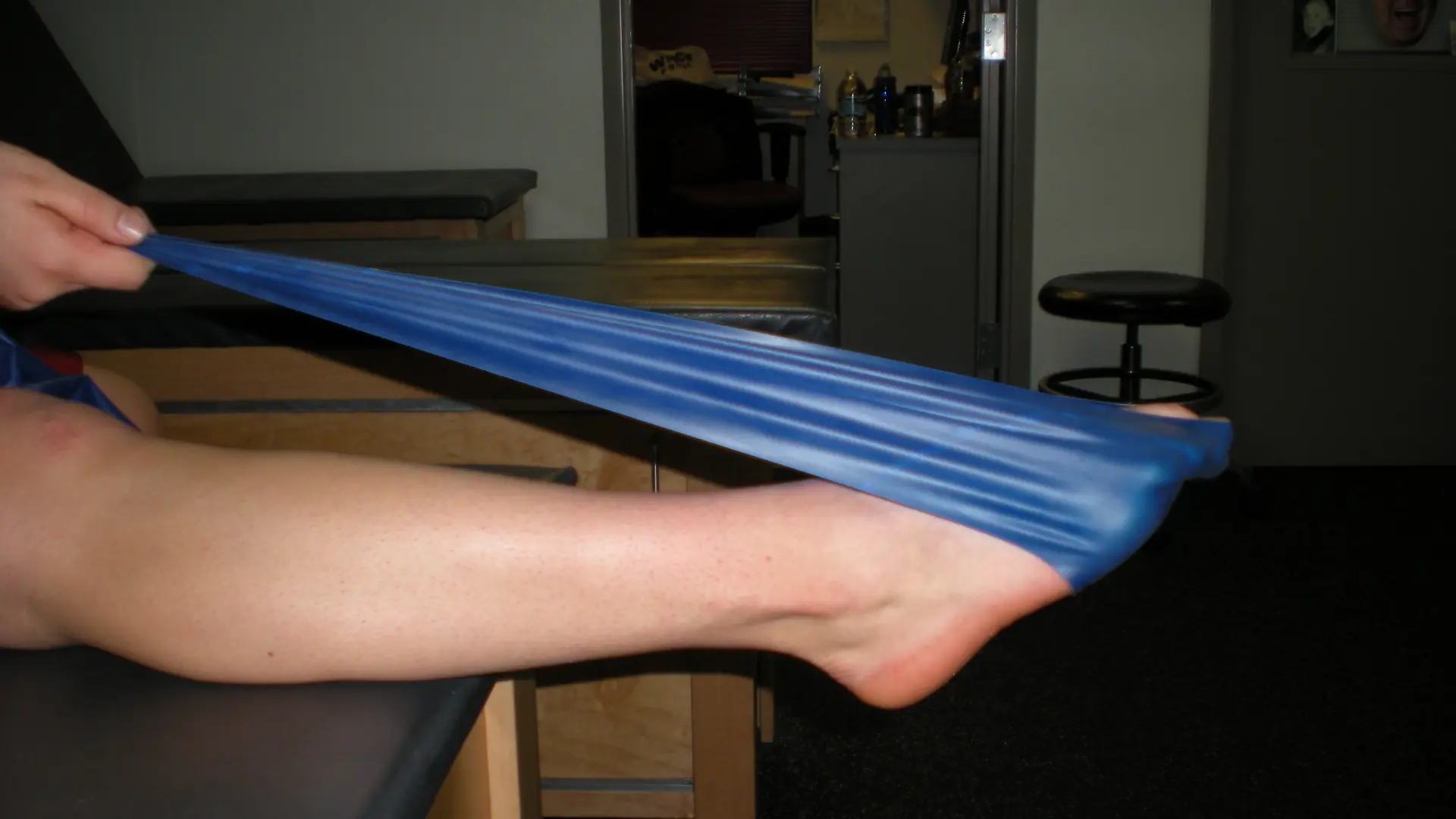
The second way to strengthen the muscles that surround the ankle is through a calf raise. Calf raises should be done both seated and standing to strengthen both calf muscles and the Achilles tendon. Perform 3 sets of 20.
The third way to strength your ankle is by doing plyometric workouts. Plyometric training uses jumping type movements to strengthen muscles and make them more explosive. Perform each exercise 10 to 15 times.
Scissor Hops
Begin in a lunge position. Jump and switch feet in mid-air landing with the opposite foot forward.
Play Video
Play
Loaded: 0%
Progress: 0%
Remaining Time -0:00
This is a modal window.
Foreground --- White Black Red Green Blue Yellow Magenta Cyan --- Opaque Semi-Opaque
Background --- White Black Red Green Blue Yellow Magenta Cyan --- Opaque Semi-Transparent Transparent
Window --- White Black Red Green Blue Yellow Magenta Cyan --- Opaque Semi-Transparent Transparent
Font Size 50% 75% 100% 125% 150% 175% 200% 300% 400%
Text Edge Style None Raised Depressed Uniform Dropshadow
Font Family Default Monospace Serif Proportional Serif Monospace Sans-Serif Proportional Sans-Serif Casual Script Small Caps
Defaults Done
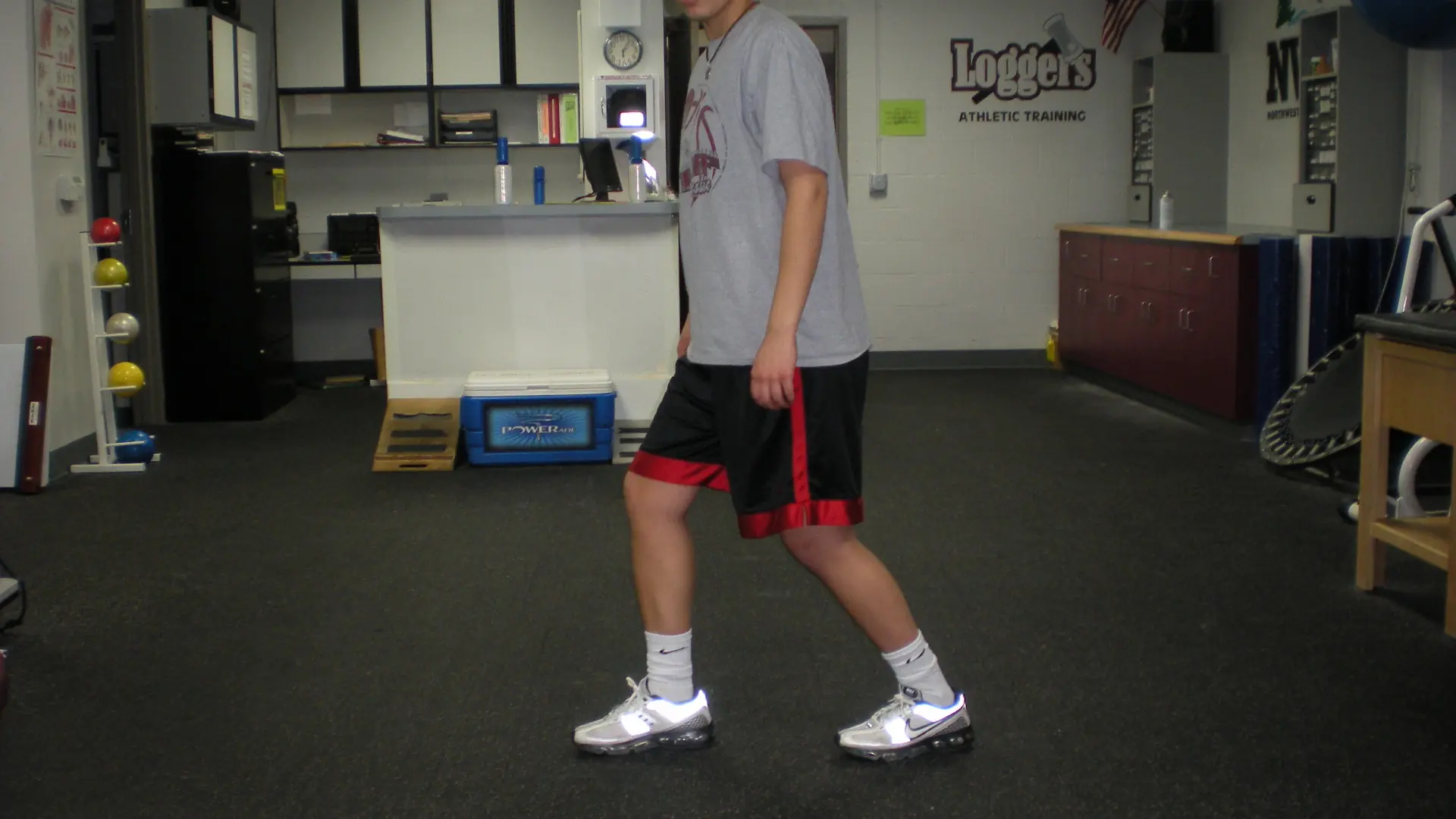
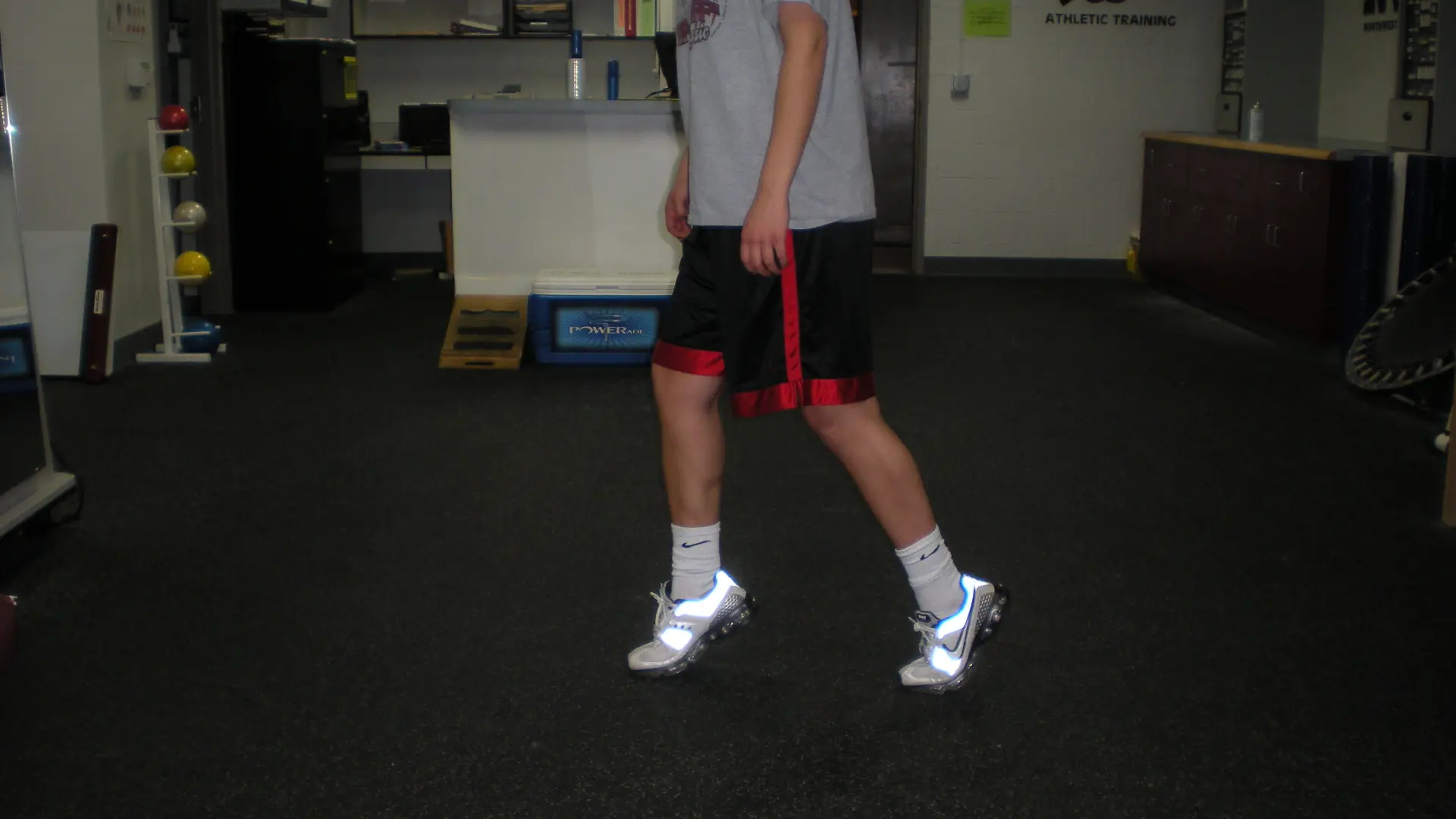
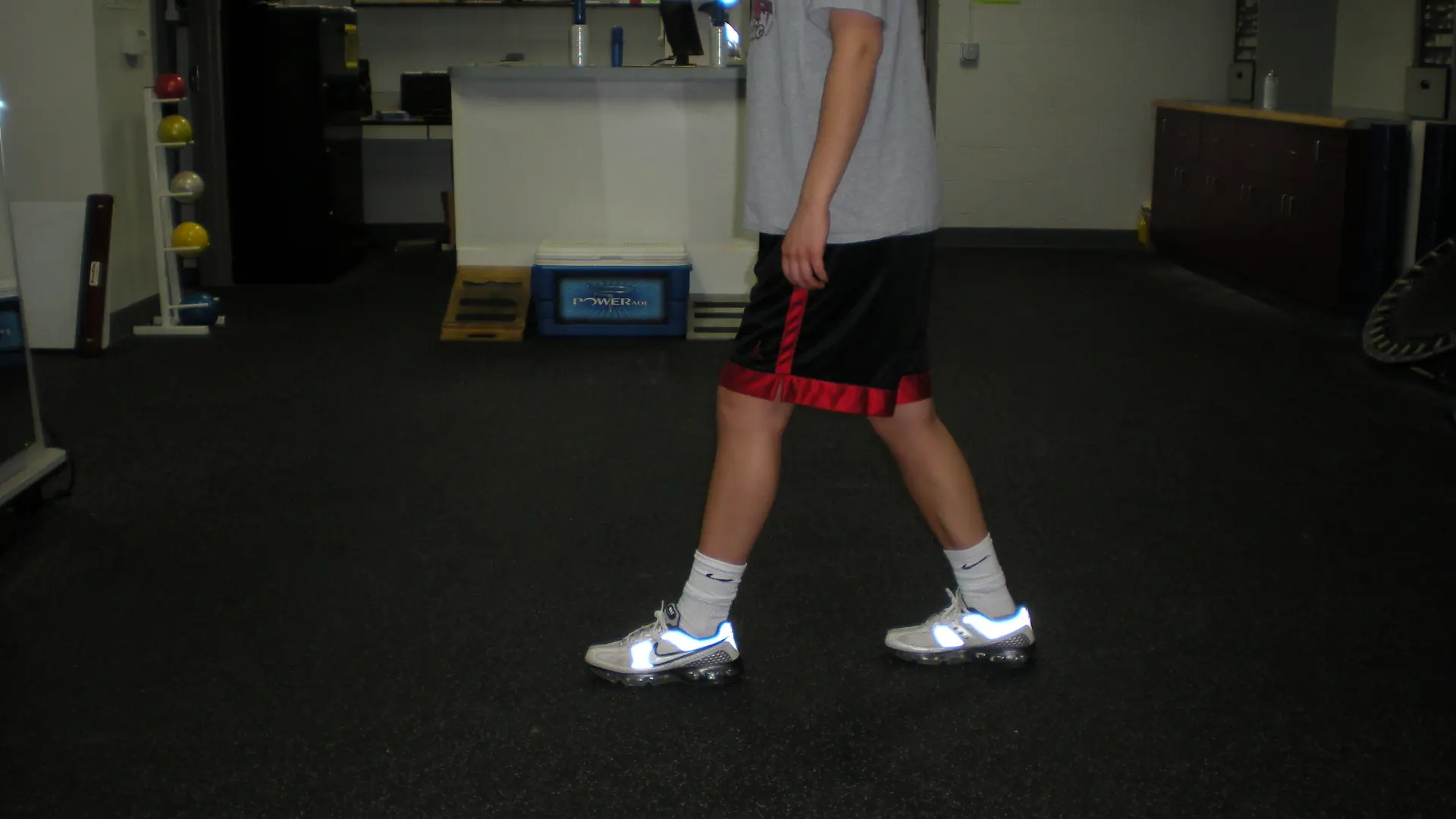
Standing Squat Jumps
Begin in a quarter squat position. Jump from that position and land softly.
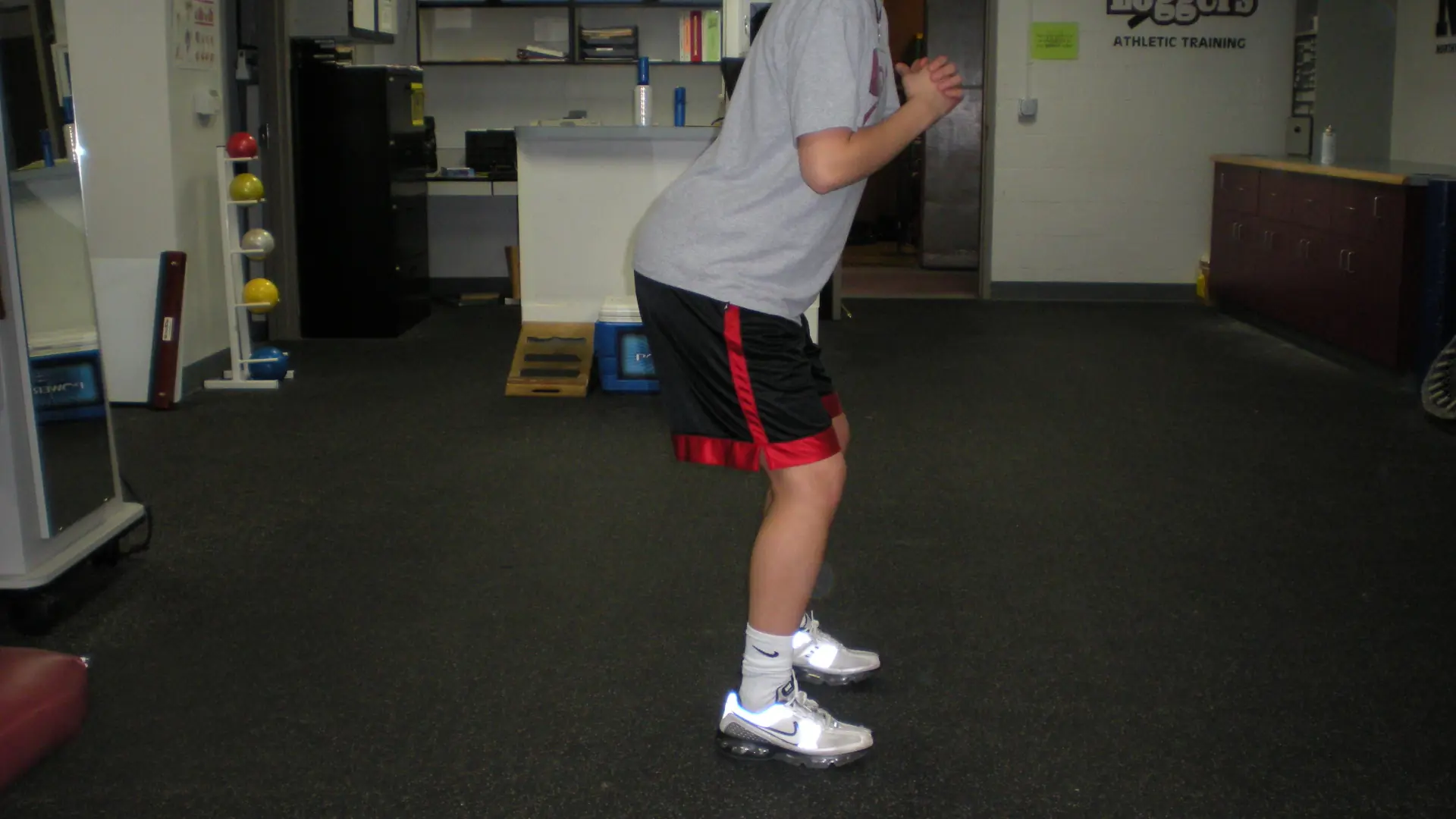
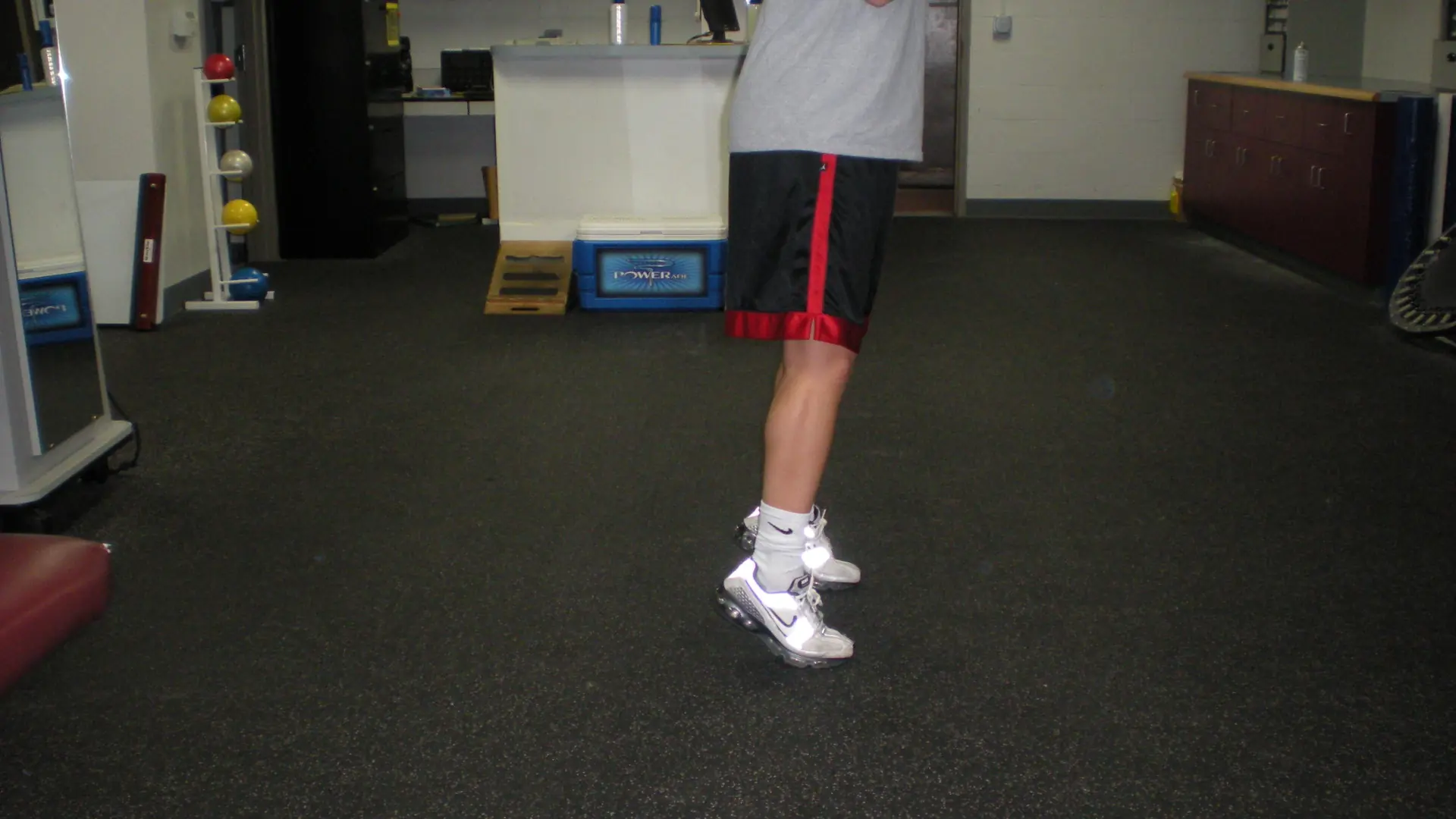
Bounding
On the toes, take large bounding steps at about 50 percent of your maximum running speed. One repetition should be about 50 feet.
Connect with us on Twitter, Facebook, Instagram or Pinterest for more tips, recipes and ideas to fuel your ACTIVE life.
Stay in shape in a fitness class or read more fitness articles.
Original article and pictures take www.active.com site
No comments:
Post a Comment